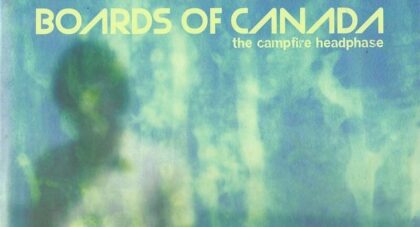Dieter Moebius’ restless creative spirit is at the heart of a new project, overseen by his widow Irene and Story, his friend and frequent collaborator. Titled Moebius Strips, the work is an audio installation that uses a wealth of loops, noises, and recordings from the late artist, as well as adaptations of his work created by Portishead’s Geoff Barrow, Eve Maret, Phew, Devo’s Mark Mothersbaugh, and others—all fed into a multi-channel speaker system . . .
Only the good shit. Aquarium Drunkard is powered by its patrons. Keep the servers humming and help us continue doing it by pledging your support.
To continue reading, become a member or log in.


